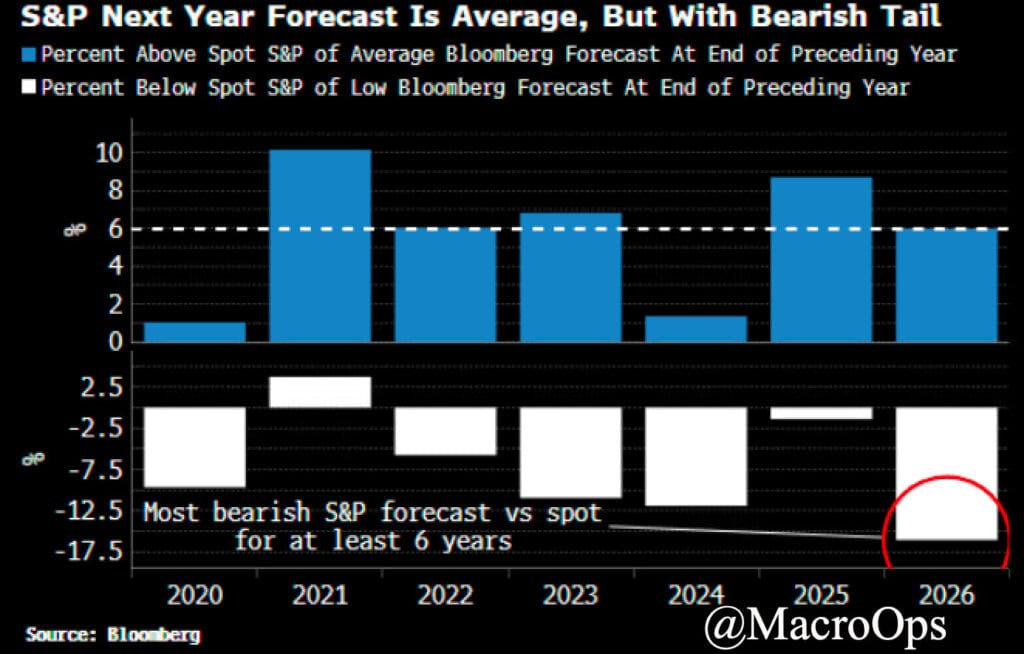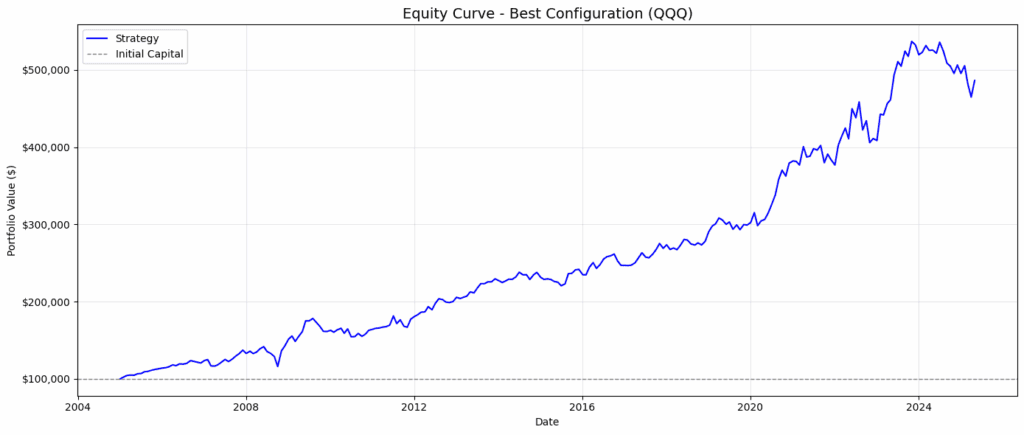Rent-A-Center (RCII) is a Lease-To-Own (LTO) operator with ~1,900 locations between the US, Mexico, and Puerto Rico. They also own Acima, a leading virtual LTO operator.
As the name suggests, RCII leases items like furniture, appliances, electronics, computers, smartphones, and more to customers with plans starting as low as $10.
The stock’s down over 40% YTD on poor earnings and lazy LTO underwriting. However, you can buy RCII for <3.5x NTM FCF.
There are a few reasons why this opportunity exists. First, there’s the February earnings sell-off, which we believe was due to one-time Loss Ratio issues well within management’s control.
Second, RCII faces numerous macro headwinds that should negatively impact revenue growth in the coming quarters, but shouldn’t impact long-term earnings potential.
Finally, there’s the good co/bad co situation with virtual LTO Amica, which temporarily garbles RCII’s true earnings power.
But why should you care? RCII’s core business is a solid enterprise with 16 consecutive quarters of Same Stores Sales, and at today’s prices, it offers a ~30% IRR over the next few years.
Let’s get after it.
RCII Business Breakdown
Suppose you want a new TV but don’t have the extra $1,000 to pay for it upfront. You visit RCII and sign an LTO agreement for the TV.
You then have 4-6 months to pay off that TV without any interest payments RCII calls this “same as cash” price.
If you can’t (or don’t) pay off the balance within 6 months, RCII offers flexible payment options with a higher-end balance payoff. You can even return the item if you need to halt payments.
RCII’s revenues and profits hinge on three levers: Loss Ratios, Rental Length, and Asset Turnover. Let’s start with Rental Length.
Customers that pay within the 4-6 month window generate the fewest profits as RCII charges only a slight premium to the cash (or retail) price.
This means that the longer the payment plan, the more profits RCII generates.
Then there are Loss Ratios, which is how often a customer fails to meet their LTO agreement obligations. The higher the Loss Ratio, the fewer the profits.
Asset Turnover is the last lever RCII can flex to generate outsized revenues and profits. A returned item enables RCII to underwrite another LTO agreement with a different customer. It’s a multiplier effect on the ROI of that asset.
The Holy Grail, of course, is a customer that uses a product for 6-12 months, only to return it because she doesn’t need it or can’t pay the remaining balance.
Why The Opportunity Exists
There are three reasons why this opportunity exists:
- Increased Loss Ratios for both RCII and Acima businesses
- Macro headwinds that will negatively impact revenue growth
- Good co./bad co. distorting core business earnings power
Let’s start with Loss Ratios. RCII experienced above-average loss ratios in both Acima and Rent-A-Center segments. The company relaxed Approval Rates while its target customer’s spending power increased due to government stimulus programs.
These factors generated more substantial top-line revenue at the expense of future profits (RCII is cycling through now). Relaxed Approval Rates = Higher Loss Ratios.
This brings us to the good co/bad co dynamic.
RCII’s core RAC business has ~20% EBITDA margins. But over the last two quarters, the combined business (RAC + Acima) has posted between 8-10% margins.
We can blame Acima for the EBITDA margin compression. The virtual LTO generated 9.6% EBITDA margins in Q4 2020.
Luckily, approval rates are well within management’s control, and they’ve reiterated as much on the last two earnings calls. Optimizing Approval Rates will lead to reduced Loss Ratios and higher margins.
Lastly, the macro headwinds include higher interest rates, rising inflation, and no stimulus.
RCII will lose customers if inflation persists and interest rates increase, but they’ll gain customers, too. Consumers on the brink of creditworthiness fade into the lower bracket, replacing RCII’s lowest tier of lost customers.
What You Get: ~30% IRR From Here
Here’s the intriguing part. Lower growth environments are great for RCII’s business. It allows the company to underwrite better LTO agreements and generate more sustainable free cash flow, which they’ll use to de-leverage (currently 2.5x leveraged) and buy back stock (~$370M program or 24% of market cap).
Over the next few years, the company can reverse its losses in Acima’s business and get closer to its core operating margins of ~18-20%.
There’s a good chance RCII will generate its entire market cap in FCF over the next four years.
Yes, there’s hair. But you’re compensated for it at <4x FCF.
RCII is yet another example that you don’t have to invest in the “highest quality” businesses to generate the highest quality returns.







